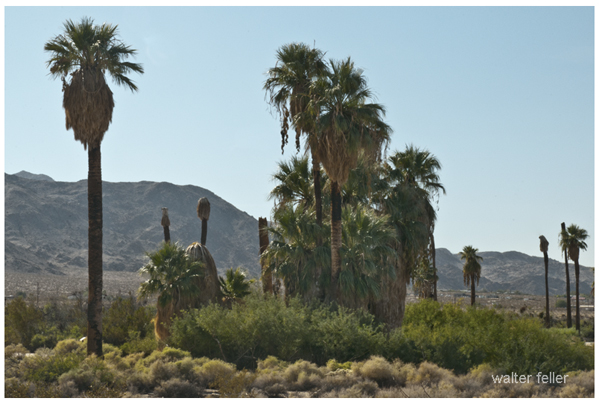The Oasis of Mara is located in what is now Joshua Tree National Park. It is a historical and cultural treasure. This green area in the desert has always been a place of refuge for animals, travelers, and local people because it has a sure supply of water and shade.

Native American Heritage
The Serrano people first lived in the oasis, which they named Mara. They thought it was a holy place. Their stories say that a medicine man told them to plant a palm tree for each boy born in the tribe. As time passed, the oasis became covered with many California fan palms, giving important shelter in the tough desert conditions.
Early Exploration and Settlers
This oasis was important for people who lived and traveled in the 19th century. There was water and a resting place for those crossing the desert. Later, miners and ranchers visited the area for water and natural resources. Settlers arrived, bringing non-native plants and changing the nature of the oasis.
20th Century and Preservation
As time passed, the Oasis of Mara became part of the Joshua Tree National Monument, a national park. This beautiful oasis has significant historical and cultural importance. Nowadays, the Joshua Tree Visitor Center at Twentynine Palms offers visitors the opportunity to view palm remains and learn about the area’s history and ecology.
The Oasis of Mara shows how strong and flexible the land and its people are. It also represents the close connection between humans and nature in the Mojave Desert.
(Oasis of Mara – c.1904 – colorized)